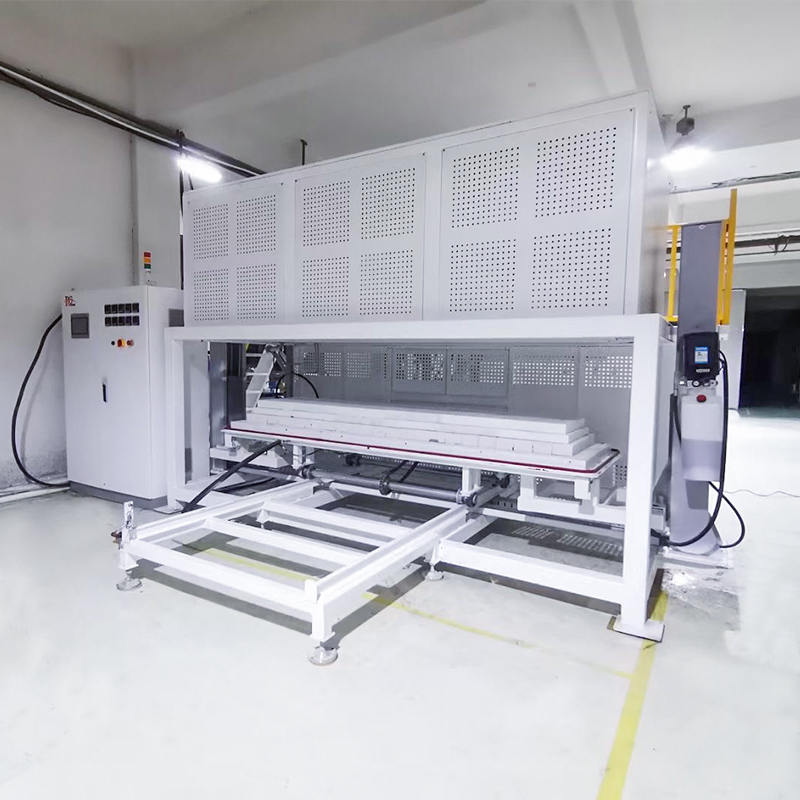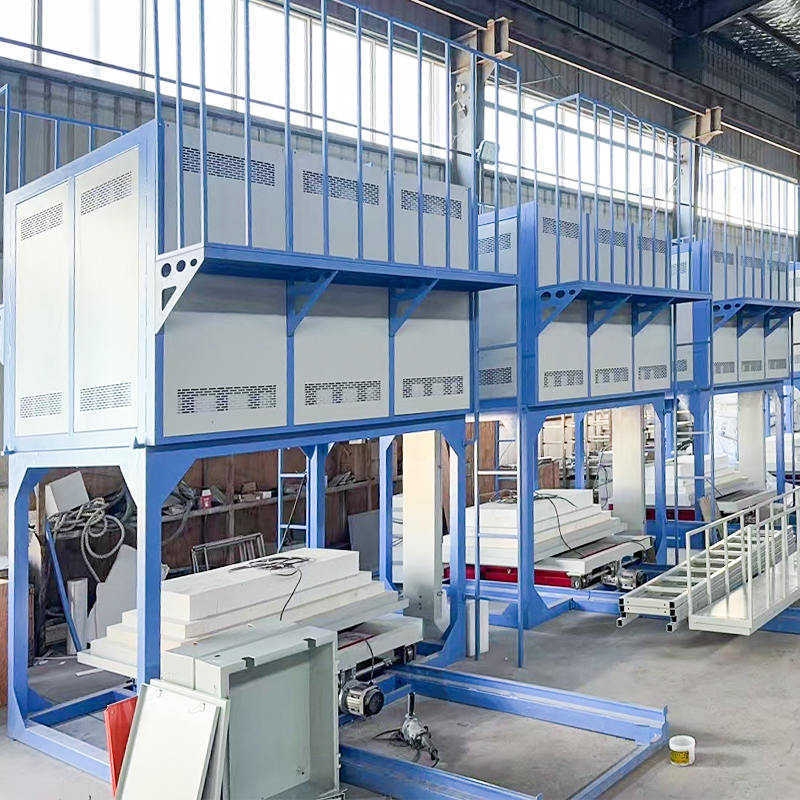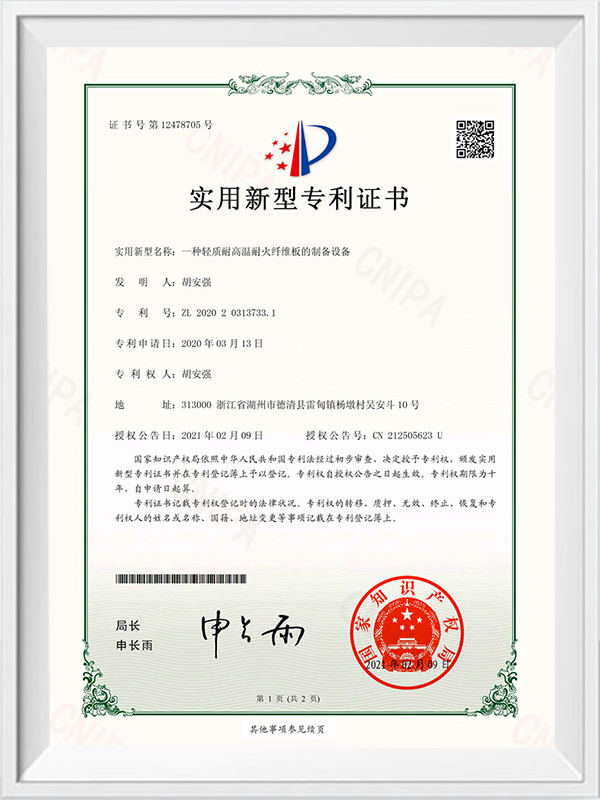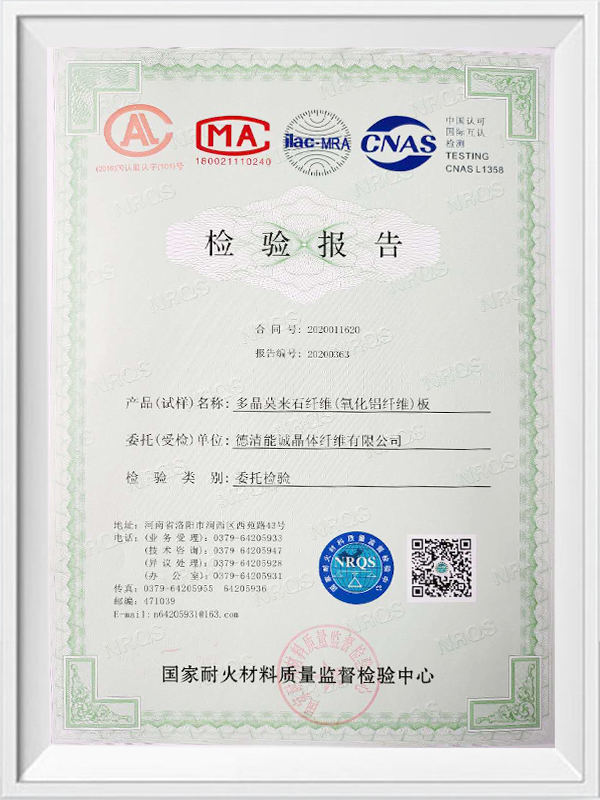
Industrial Lifting Sintering Furnace
This vertical vacuum carbon tube furnace uses graphite electrodes, which are connected to the graphite heating element by cylindrical contact. One end of each electrode extends out of the furnace through a seal. It is an important component that allows the current to pass to the heating element in the furnace. It is evenly heated and has good pressure resistance. There is a heat insulation screen device composed of multiple layers of radiation screens around the heating element. The inner layer of the furnace shell is stainless steel, and the outer layer is carbon steel. There is a water cooling system between the two layers. The shell temperature is <50℃℃, and high-temperature sintering can be achieved in a completely oxygen-free state. The furnace chamber uses ceramic alumina fiber, which has good thermal insulation performance and high cleanliness. It is widely used in the sintering preparation of inorganic materials (such as ceramic seals, silicon carbide, zirconium oxide, zinc oxide, aluminum dioxide, etc.) and metal materials (such as cemented carbide) in vacuum or protective atmosphere. It can also be used for the purification of rare earth elements and their oxides and sapphire annealing.
| Furnace size (mm) | Maximum temperature(℃) | Heating elements | Power(KW) | Voltage | Heating rate |
| φ1000*1000*1000 | 1200℃ | Resistance wire | 110 | 220/380V | 1-20℃/MIN |
| φ1850*700*600 | 1400℃ | Silicon Carbon Rod | 90 | ||
| φ1350*600*600 | 75 | ||||
| φ2400*800*800 | 185 | ||||
| φ1000*1000*1000 | 120 | ||||
| φ1100*1000*1000 | 105 | ||||
| φ500*500*500 | 1700℃ | Silicon molybdenum rod | 35 | ||
| φ800*500*500 | 60 | ||||
| φ1350*500*500 | 80 | ||||
| φ2400*500*500 | 150 | ||||
| φ2400*700*700 | 220 |
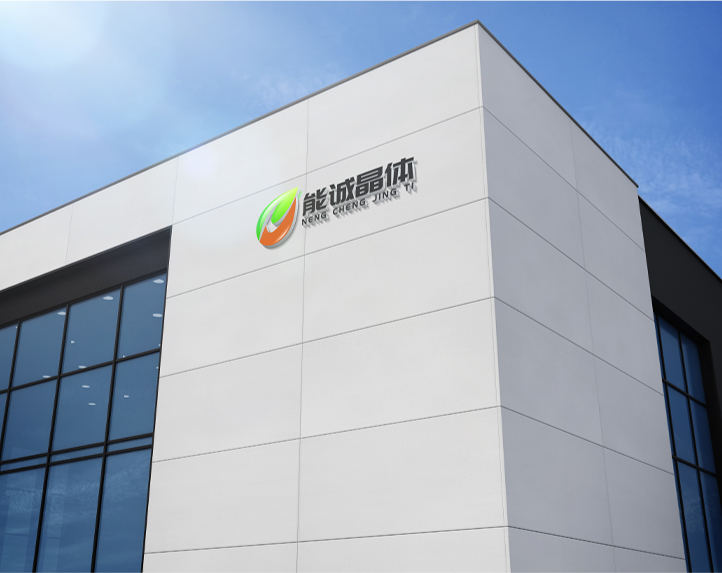

-
Overview: scope and practical intent This article explains the practical factors that determine the energy efficiency of Industrial heating elements operating continuously. It focuses on measurable variables (watt density, sheath material, thermal coupling), control and system integration, common sources of energy loss, and maintenance or design choices that improve long-run efficiency for furnaces, ovens, dryers, immersion heaters and inline process heaters. Element type, geometry and surface l...





 English
English Español
Español عربى
عربى